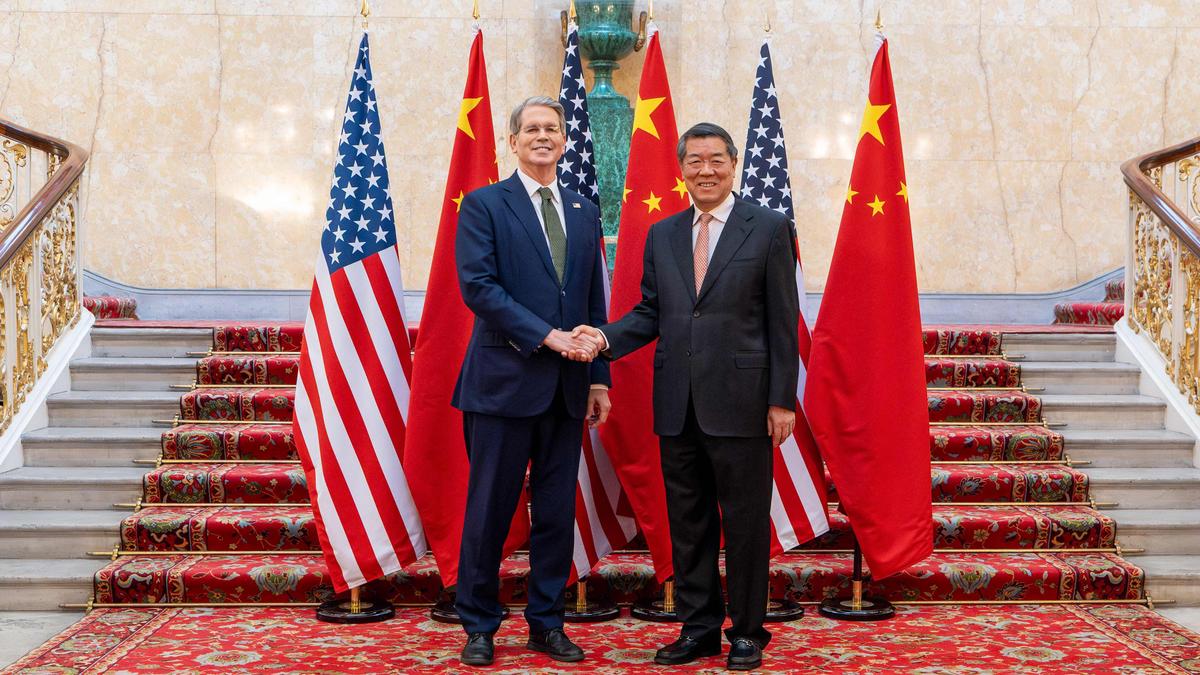Andreessen Horowitz Urges SEC to Modernize Crypto Custody Rules
Venture capital firm Andreessen Horowitz submitted a comment letter to the U.S. Securities and Exchange Commission (SEC) on April 9, proposing a new framework for how registered investment advisers (RIAs) should be allowed to custody digital assets. The firm argued that current rules fail to account for how crypto custody operates in practice. It recommended that self-custody be permitted under certain conditions, especially where third-party options are unavailable or impractical.
a16z proposed five “Crypto Custody Principles,” calling for greater flexibility and a shift away from traditional custody models that do not account for how blockchains function. At the core of the proposal is a request to allow RIAs to engage in self-custody when no viable third-party custodians exist, provided they meet clear standards for security and internal controls. The letter urges the SEC to adopt a technology-neutral approach, allowing advisers to participate in on-chain governance and staking without being treated as if they have relinquished custody. It also recommends that blockchain-based systems be recognized for satisfying disclosure and recordkeeping requirements under existing rules.
The firm pushed back on rigid distinctions between hot and cold wallets, advocating instead for a risk-based framework that accounts for how custodians use tools like MPC, multisig wallets, and hardware-based protections. The proposal highlights the friction between policy and infrastructure, calling on the SEC to permit advisers to transfer digital assets for best execution purposes. It notes that prohibitive custody rules may prevent RIAs from securing optimal pricing or liquidity for clients. The letter further recommends acknowledging layered custody structures, where subcustodians and infrastructure providers support primary custodians, as common and necessary in the crypto ecosystem.
a16z cautioned that without modernized guidance, advisers may be discouraged from participating in crypto markets altogether. “Advisers should not be required to choose between regulatory compliance and operational reality,” the letter states. The letter suggests a broader challenge regulators now face: how to adapt legal structures built for centralized systems to assets that are native to distributed ones. Custody, in this context, becomes less about who holds the keys and more about how authority, risk, and accountability are defined. For advisers, the consequences are not abstract. Without a framework that reflects how digital assets actually function, the cost of participation rises—measured not only in compliance risk, but in access forfeited to a growing segment of financial infrastructure.











